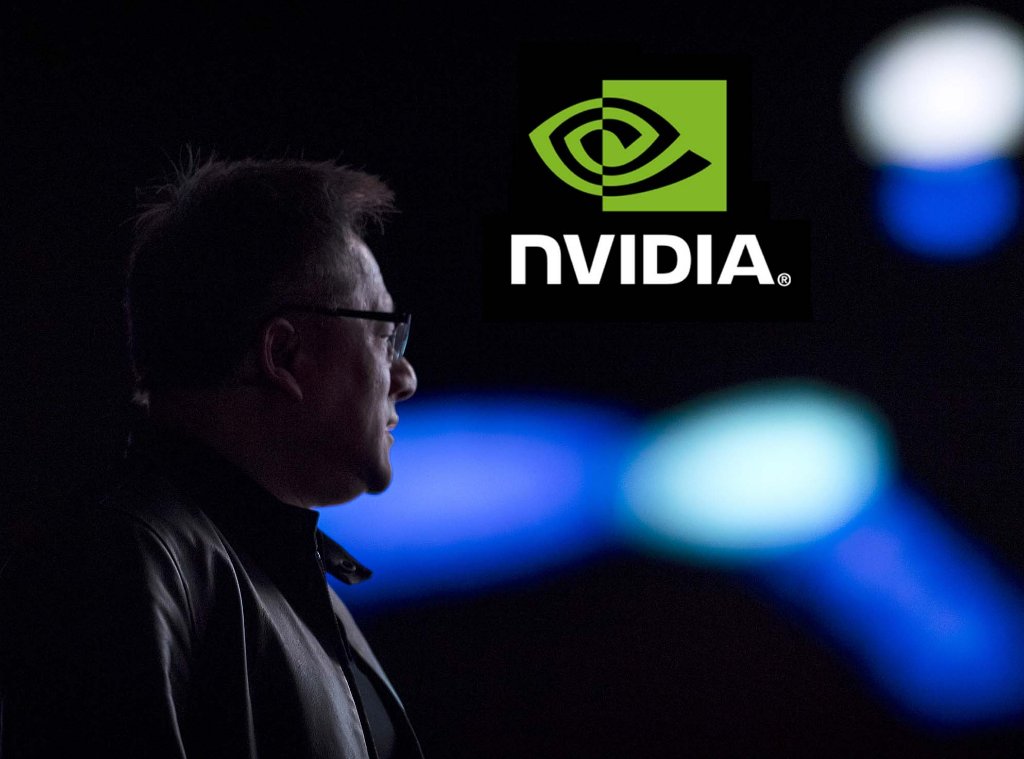
Nvidia unveiled some new technology, NVLink, at the recent Computex conference Fusion and RTX Pro Enterprise Servers. Through these innovative technologies, they hope to further expand their influence and control in the AI market.

Nvidia once relied on a few super large customers to achieve amazing growth. But now, as these big deals become saturated, especially with tens of billions of dollars in data center projects from tech giants and Gulf countries becoming less frequent, Nvidia is looking for new growth drivers.
NVIDIA's new growth path
In the face of growing pressures, Nvidia at the recent Computex conference showed a new way to not rely on large orders of sovereign infrastructure: expanding its control of the AI market through technological innovation. NVLink they launched Fusion technology is a great example of this.
NVLink Fusion isn't just a superchip, it's a technology that can help build AI infrastructure. It allows all companies to "fed their custom CPUs and needs directly into the ecosystem" to better integrate NVIDIA's GPUs. Marvell Nick, Vice President of Technology Kucharewski explains:
"Instead of building an entire equipment rack on their own, companies can innovate or differentiate on the custom chips themselves."
The goal of this strategy is simple: to drive demand for the foundational AI networking and data center components that Nvidia sells by attracting companies to build hardware using Nvidia's Fusion platform. But can this indirect revenue model lead to the explosive growth that it did before? This is still an unknown.
Except NVLink Fusion, Nvidia also launched RTX for the enterprise market Pro Enterprise Servers. The server not only supports traditional x86 architectures, virtualization technologies, and Windows workloads, but also runs graphical AI agents (AIs). Agents), and even Crysis games, which used to be very hardware resource-hungry, run smoothly.
"These servers open up a multibillion-dollar market because customers can use them for 'everything,' like graphics, virtual machines, and AI applications," Huang said at the press conference. ” Doesn't that sound appealing?
However, not everyone is confident in Nvidia's new strategy. Seaport Jay, an analyst at Research Goldberg poured cold water on it: "The corporate market is huge, but it's hard to break into. Compared to sovereign data centers, enterprise transactions tend to be smaller, more costly, and more time-consuming to obtain. ”
He even went so far as to say, "My feeling is that we're hitting the ceiling in terms of expanding our customer base." ”
|A new special GPU may be released in July
Recently, there were media reports that Nvidia intends to launch a downgraded version of the Blackwell architecture AI chip specially designed for the Chinese market in the next two months. Doesn't that sound a bit complicated?
At present, Blackwell is used overseas, such as GB200 and GB300, which means that overseas markets have begun to use the latest Blackwell architecture products, and Chinese customers will get an adjusted version. This version, although with a reduction in performance, is still based on the advanced Blackwell architecture design.
Originally, there were rumors in the market that the H20 would be discontinued, and Nvidia would launch a special version of the chip based on the Blackwell architecture. But I didn't expect the H20 to be suddenly banned from being exported to China, so the Blackwell special edition was not ready yet. Now, Nvidia is urgently adjusting the previous design, changing the memory from HBM to GDDR to adapt to the new needs.
According to some research reports, this new special edition of the GPU may be named 6000D, which is the B40 model. It will be equipped with GDDR7 memory and a data transfer rate of about 1.7TB/s, compared to the original H20 memory rate of 4TB/s. Despite this, this chip is still used with the Nvidia RTX PRO GPUs are similar to strategies designed to provide a more cost-effective option.
NVIDIA is addressing the current market challenges with the launch of this special edition of the Blackwell architecture GPU. Although there are performance adjustments, it is still a good choice for Chinese companies that need high-performance computing but are limited by budget and technical constraints.
Export controls have dealt a big blow to NVIDIA
Nvidia mentioned in its latest quarterly report that the company will bear up to $5.5 billion in expenses due to the Trump administration's restrictions on the export of its H20 chips to China. Even more troubling, Huang estimates that H20-related revenue losses will be as high as about $15 billion.
at Computex During 2025, Huang bluntly stated: "Overall, export controls are a failure. He argues that the underlying assumptions that drove the AI proliferation rules were wrong from the start. The rules were originally scheduled to go into effect on May 15 of this year, but the Trump administration repealed them on May 13.
Huang also revealed a worrying statistic: Nvidia's share of the Chinese market has fallen from 95% at the beginning of the Biden administration to 50% now. The main reason is that the United States has imposed export restrictions on high-performance AI chips, which has forced Chinese customers to turn to local suppliers.
Interestingly, Huang argues that U.S. export controls have stimulated Chinese companies to innovate. "You can't stop them, you can't stop them from advancing AI (industry)," he said. He singled out DeepSeek, saying that if you don't admit that it's excellent, it's a sign of a deep lack of self-confidence.
Despite the challenges, Huang remains bullish on the Chinese market. He expects the size of China's AI market to reach $50 billion by 2026, which is a huge opportunity for Nvidia.
Jingtai Viewpoint: Overall, Nvidia is trying to cope with the slowdown through technological innovation and expansion into new markets. However, it will take time to verify whether these new strategies can successfully replace the explosive growth brought about by the previous large orders.
For investors, Nvidia remains a promising company, especially in the AI space. But at the same time, it's also important to keep an eye on how they're doing in new markets to see if these new strategies actually deliver the desired results.





